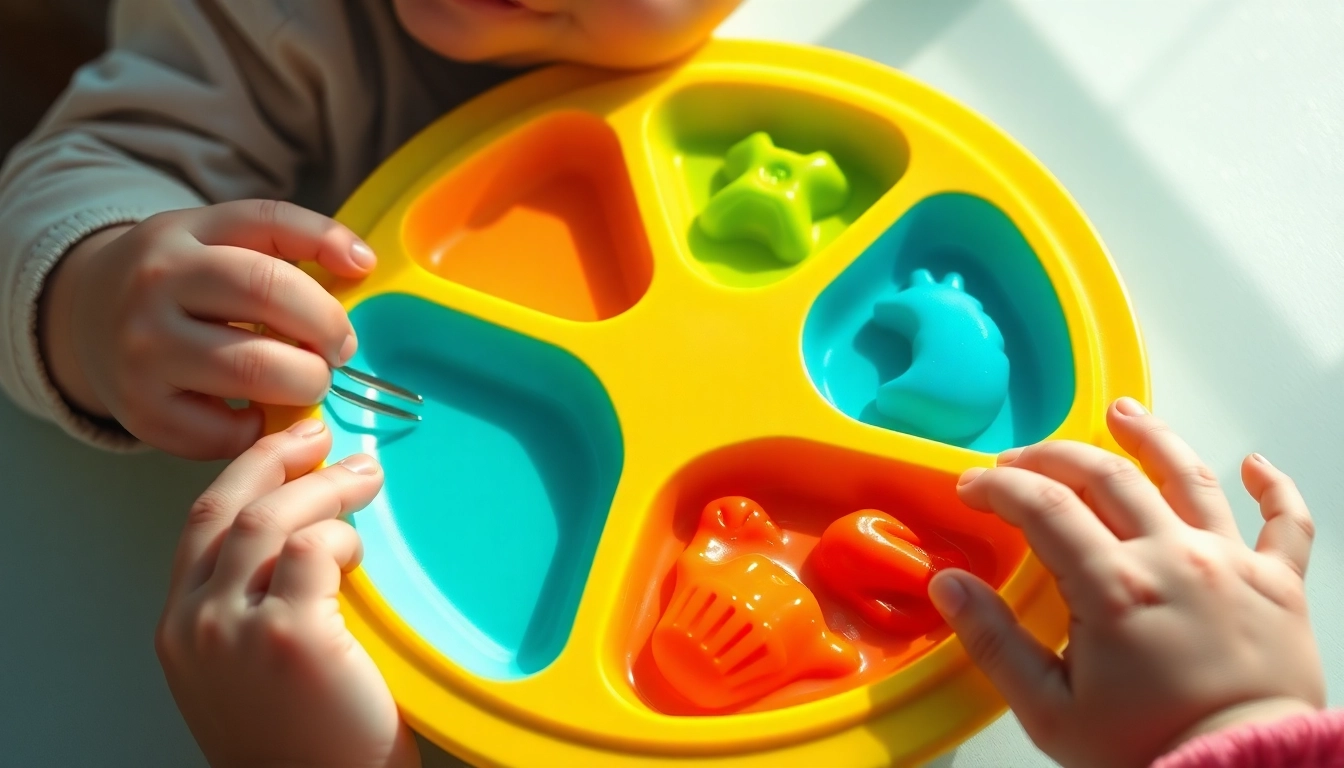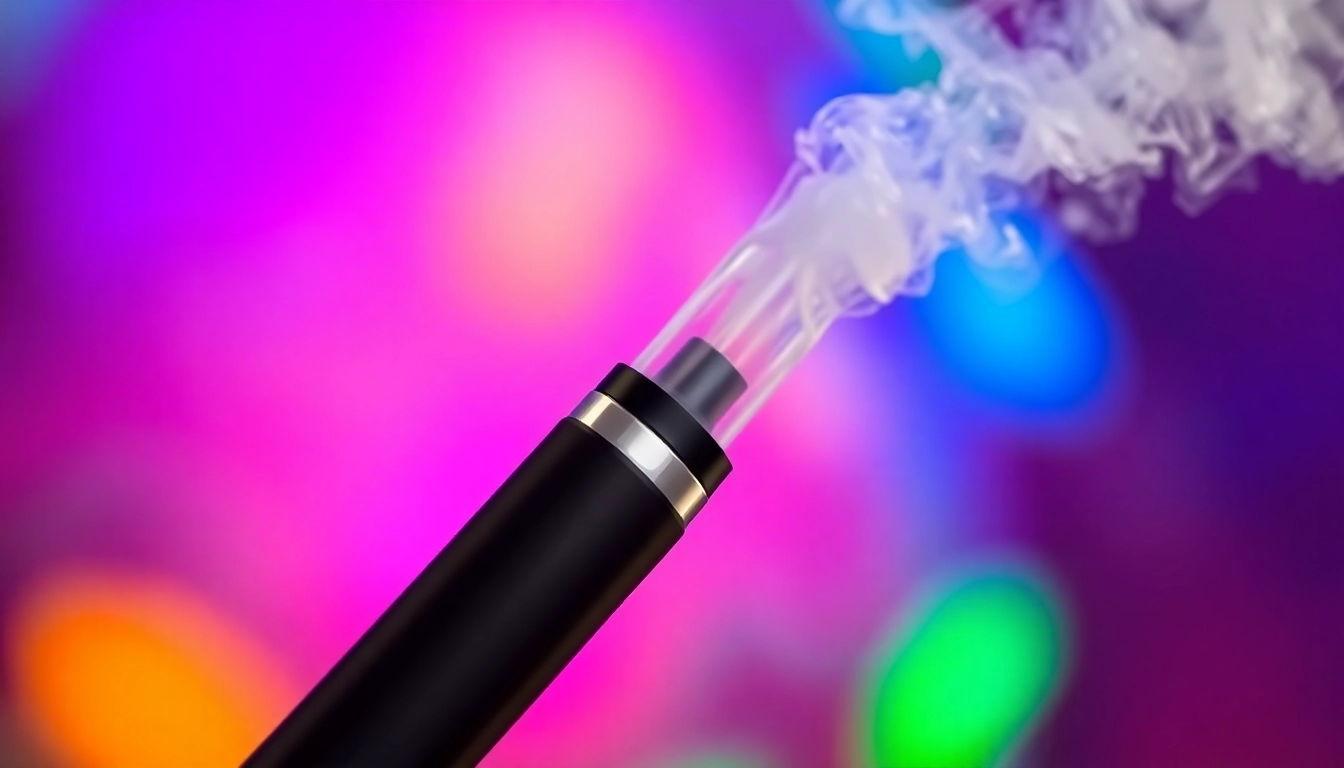Understanding the Benefits of Silicone Divided Plates for Self Feeding
In the journey of early childhood feeding, establishing a positive, independent eating experience is essential for both development and fostering healthy eating habits. Among the array of feeding accessories available, the silicone divided plate for self feeding has emerged as a crucial tool in helping young children learn to serve themselves while ensuring safety and convenience for parents. Designed with innovative features, these plates promote autonomy, safety, and hygiene, making them an ideal choice for modern parents committed to providing the best for their little ones. This article delves into the core benefits of silicone divided plates, explores essential features to consider, offers practical advice on implementation, and highlights how they contribute to a positive mealtime atmosphere.
Safety and Material Certification
Safety is paramount when selecting feeding accessories for infants. Silicone divided plates are manufactured from high-quality, food-grade silicone that complies with strict safety standards such as FDA, LFGB, and EU regulations. These certifications ensure that the silicone is free from harmful substances like BPA, phthalates, lead, and other toxins that could leach into food and pose health risks. Furthermore, silicone’s inert properties make it resistant to absorbing odors, stains, or bacteria, enabling a safe and hygienic mealtime environment. Many reputable brands, including Bèbeboom, prioritize sourcing certified silicone, thus providing parents with peace of mind that their child’s nutrition is protected from hazardous contaminants.
In addition to materials safety, an important aspect is the plate’s durability and resistance to temperature fluctuations. Certified silicone can withstand microwave heating, freezing, and dishwasher cleaning without degradation, maintaining their safety and performance over time. Investing in a certified silicone divided plate guarantees longevity, reducing the need for frequent replacements and reinforcing a sustainable, health-oriented approach.
Durability and Flexibility of Silicone
One of the most significant advantages of silicone in feeding accessories is its exceptional durability and flexibility. Unlike ceramic or plastic plates, silicone is inherently resilient to impact, drops, and bending, which are common during active mealtimes with young children. Its flexible nature allows for versatile shapes and designs, including ergonomic contours and playful motifs such as rainbows or animals, captivating the child’s interest and encouraging participation.
Moreover, silicone’s resilience promotes long-term use, effectively resisting cracking or chipping, which are typical drawbacks of traditional materials. This characteristic not only enhances safety but also supports environmental sustainability by reducing waste. The flexibility also enables easy stacking and compact storage, making silicone plates perfect for families on the move or those with limited kitchen space.
Advantages Over Traditional Plates
Silicone divided plates stand out against conventional ceramic, glass, or plastic dinnerware in several key aspects:
- Safety: Silicone’s hypoallergenic, non-toxic composition eliminates the risks associated with shards or BPA leaching, making it safer for infants and toddlers.
- Functionality: The built-in suction base effectively secures the plate to the table or highchair tray, minimizing spills and messes—an essential feature for independent self-feeding.
- Ease of Cleaning: Silicone’s non-porous surface resists stains and odors, simplifying cleaning processes and maintaining hygiene standards without abrasive scrubbing.
- Design Versatility: Available in various vibrant colors and fun shapes, silicone plates can be tailored to suit children’s preferences, fostering excitement around mealtime.
- Environmental Impact: Due to their durability and reusability, silicone plates contribute less to waste compared to single-use alternatives.
These combined features make silicone divided plates a practical, safe, and eco-friendly alternative, aligning with modern parental values centered on health, safety, and sustainability.
Key Features to Look for in a Silicone Divided Plate for Self Feeding
Design and Section Sizes
Optimal silicone divided plates are thoughtfully designed to accommodate different food textures and portion sizes. Look for plates with multiple compartments, ideally three or more, to help organize different food groups separately. Sections should be appropriately sized—large enough to serve a child’s meal without overcrowding or spillage but manageable for small hands. The shapes are often playful, such as rainbow or animal motifs, which can increase a child’s engagement and enjoyment during eating.
Suction Base for Stability
A strong suction base is essential for ensuring the plate stays fixed during self-feeding, especially as children become more active and eager. High-quality silicone plates feature suction mechanisms that grip surfaces firmly, reducing accidental tipping and messes. It is key to verify that the suction is reliable on various surfaces, including plastic trays and highchairs, to maintain safety and convenience.
Ease of Cleaning and Maintenance
Hygiene is critical in infant feeding. Choose silicone plates that are dishwasher safe and easy to clean manually. Avoid complex designs with hard-to-reach crevices that can harbor bacteria. Silicone’s non-porous surface allows for quick wipe-downs and sterilization, making it suitable for frequent use. Some plates also come with removable sections for easier cleaning or are microwave-safe for reheating food directly on the plate.
Effective Use and Transition to Self Feeding
Introducing the Plate to Your Child
The transition to using a silicone divided plate should be gradual and positive. Start by demonstrating its use during meal times, emphasizing fun and independence. Encourage your child to explore the sections, picking up different foods, and placing them on the plate themselves. Consistent routines, such as involving the child in setting up their plate, can foster familiarity and confidence in self-feeding.
Tips for Encouraging Self Feeding Skills
Use colorful, tactile plates to captivate your child’s interest and motivate exploration. Offer a variety of textures—smooth, chewy, crunchy—to promote oral motor development. Be patient and provide guidance, like modeling proper utensil use or guiding their hands. Also, praise efforts to reinforce positive associations with independent eating.
Handling Common Challenges
Spills and messes are inevitable during the learning process. The suction base significantly mitigates accidents but always supervise mealtime. If a plate occasionally detaches, clean the surface thoroughly to ensure suction effectiveness. Some children may prefer their familiar dishes initially; gradual introduction and offering familiar foods in the new plates ease transition. Remember, persistence and patience are key for successful self-feeding development.
Maximizing Safety and Hygiene During Mealtime
Cleaning and Sanitizing Best Practices
Regular cleaning with warm, soapy water or dishwasher cycle effectively removes food residues and kills germs. To sterilize, microwave the silicone plate with water inside for 1-2 minutes or use sterilizing solutions suitable for baby utensils. Always inspect for any wear or damage, replacing if silicone shows signs of degradation. Practicing good hygiene ensures the longevity of the product and safeguards your child’s health.
Monitoring Food Temperature and Safety
While silicone is heat-resistant, always check food temperature before serving. Use a thermometer or test with your wrist to prevent burns. Avoid serving overly hot foods that could cause burns or discomfort, and always supervise feeding to prevent choking hazards. Store food safely and follow recommended storage guidelines to maintain freshness and safety.
Choosing Age-Appropriate Foods and Textures
As your child develops, introduce foods of varying textures to promote oral motor skills and acceptance. Purees, mashed foods, soft finger foods, and small pieces of cooked vegetables or fruits can be served on structured silicone plates. The divided compartments help in portion control and visual appeal, encouraging children to try a broad variety of nutritious foods.
Expert Recommendations and Brand Insights for Parents
Trusted Brands and Certifications
Leading brands like Bèbeboom have gained recognition for their commitment to safety, innovation, and Italian craftsmanship. Certifications such as LFGB and FDA approval attest to their compliance with international standards. Reading customer reviews, which often highlight durability, design, and ease of use, provides valuable insight into product performance.
Customer Reviews and Feedback
Parents frequently appreciate silicone divided plates’ ability to minimize spills and facilitate self-feeding. Positive feedback underscores the importance of a secure suction base and vibrant, engaging designs. Constructive reviews often mention the importance of high-quality, flexible silicone that withstands repeated dishwasher cycles.
Innovations in Silicone Self Feeding Accessories
Companies are continuously innovating to improve functionality, with features like removable sections, ergonomic shapes for small hands, and integrated straw or spoon holders. Some plates incorporate educational themes or sensory elements, making mealtime both fun and developmental.


